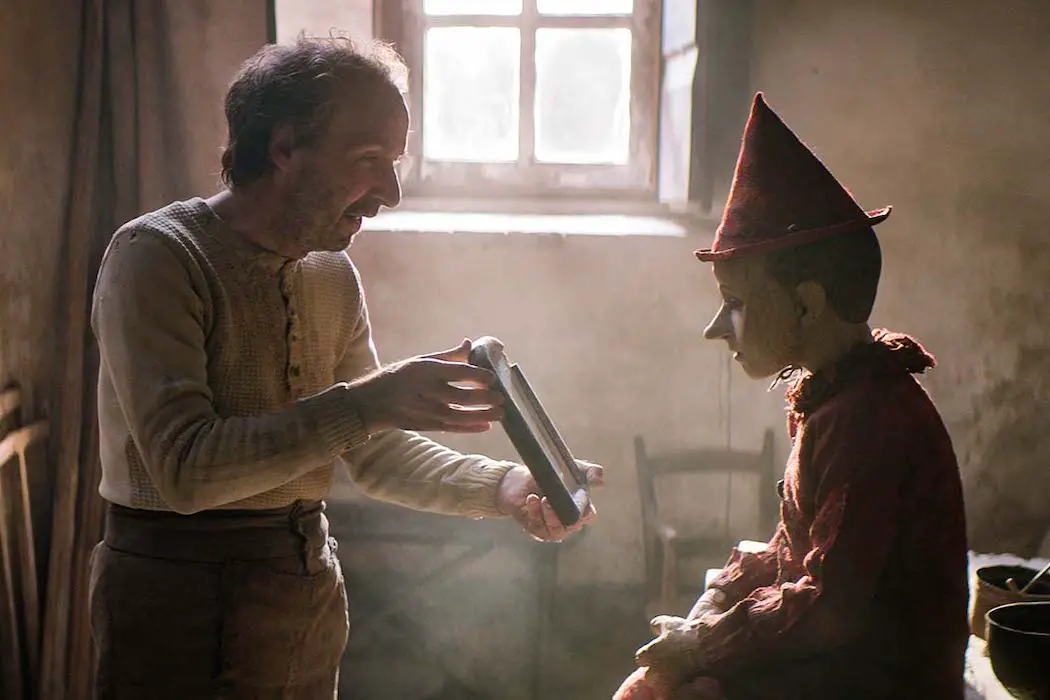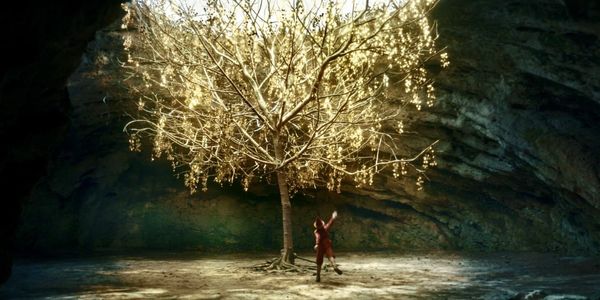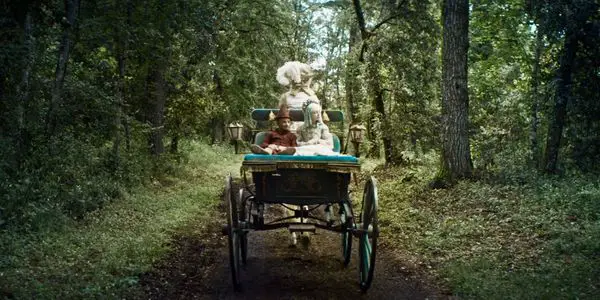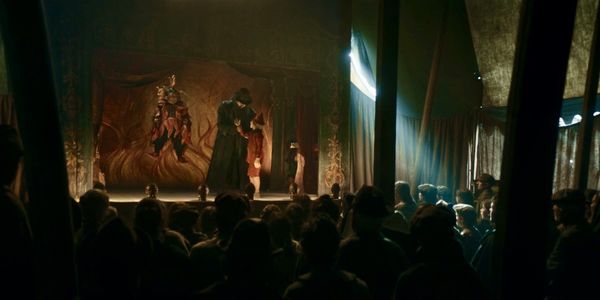PINOCCHIO: Old-World Italian Craftsmanship

Soham Gadre is a writer/filmmaker in the Washington D.C. area.…
When I wrote about Dogman last year, I mentioned that Matteo Garrone is one of the most talented filmmakers working today. His streak of great cinema continues unabated with his adaptation of the old Italian folktale Pinocchio. It’s a perfect subject for a filmmaker whose greatest strength is world-building.

Like with the beautifully immersive fantasy-scapes of Tale of Tales, Garrone takes a realistic approach that makes Pinocchio impressive in its construction and effects, while also offering a darkly whimsical fantasy for us to get lost in.
Masterful Brushstrokes
From the title credits, there is a painterly quality to the film’s canvas and real craftsmanship to the very Mediterranean architecture which constitutes its towns and villages. It is not lost on Garrone that Pinocchio is partly a story about an artisan’s love for his own work. Gepetto (a brilliant performance by Robert Benigni) is a craftsman who builds Pinocchio (the young Federico Ielapi who is talented in his own right) with the intent of considering him his own child.
Garrone’s film is likewise genetically inseparable from his sensibilities as a filmmaker. While Pinocchio is adapted, like Tale of Tales, Garrone’s personal flair for dark fantasy and charming humor still shines through in his own peculiar way.
Garrone shoots most of the film in medium to long shots, highlighting his set-designs and ethereal locales that are stunning and impressive considering the film’s relatively modest budget ($12.7 million). Cinematographer Nicolaj Brüel’s frames are all meticulously composed and picturesque — nearly every shot is worthy of being framed and hung up on a wall. For most movies, this could get exhausting and sterile, but Garrone instills a cheeky sense of play and wonder.

Dario Marianelli’s nostalgic and simple score — something vaguely from Old World Italy but also subtly modern — is transportive. The way the lighting both cloaks and illuminates the actors is reminiscent of a stage play and the canvas of colors and shadows colliding on screen in an impressionistic manner evokes a dreamlike sensation.
Essence of Youth
The heart of Pinocchio is in its dedication to the character as an aimless child. This isn’t a point-for-point plot retelling of an age-old tale, even if it hits those marks anyway. Instead, Garrone allows his Pinocchio to meander, take detours, and shove aside “story.” Many sequences consist of the young wooden puppet simply taking in the world around him, as he walks in golden countryside fields, dodges kidnappers in a dark forest, or is carted around by a horse-buggy that is steered by a cat.
Pinocchio is also candid in his meanness and rebuking of adults and guardians telling him what is ‘good for him.’ Behind the soft moral tones of Garrone’s Aesop fable-like lessons in his works, there is shocking darkness and cruelty to the proceedings. Early in the film, Pinocchio keeps his feet out near the oven to stay warm and ends up burning them off.
He is also lynched on a tree by two kidnappers wearing white hoods, in probably the most bizarre moment of the entire film. Of course, the fact that he has no respiratory system means he just hangs there until the cat on a horse-buggy comes and releases him. Suffice to say, this is not Disney’s Pinocchio.

Whether you find such treatment of the material tasteful or not, there is something to be said about a film that reclaims the cultural roots of its story’s origins and tells it with those sensibilities in mind. One would hope that tales like The Jungle Book, Mulan, The Lion King, Aladdin, and others would be given the funding and trust to be told by the countries and cultures from which they stem. Disney’s claim over these properties has only really served to sterilize them for a general and uncurious audience — and by ‘uncurious audience,’ I want to emphasize that the audience is one conditioned by Hollywood to be this way.
Conclusion
Pinocchio’s encounters with the Fairy with Turquoise Hair are the closest this film comes to being “American” in its treatment. She is the moral compass of the film and guides Pinocchio with an understanding and empathetic tone. But rather than a guardian angel, the fairy acts as both an older sister and later, a mother to Pinocchio. Garrone’s film is constantly straddling the line between a grounded realistic approach and a whimsical fantasy, and he maintains the balance satisfyingly throughout.
What version of Pinocchio do you prefer? Let us know in the comments below!
Pinocchio released in Italy on December 19, 2019 with plans for a UK and Ireland release on August 14, 2020.
Watch Pinocchio
Does content like this matter to you?
Become a Member and support film journalism. Unlock access to all of Film Inquiry`s great articles. Join a community of like-minded readers who are passionate about cinema - get access to our private members Network, give back to independent filmmakers, and more.
Soham Gadre is a writer/filmmaker in the Washington D.C. area. He has written for Hyperallergic, MUBI Notebook, Popula, Vague Visages, and Bustle among others. He also works full-time for an environmental non-profit and is a screener for the Environmental Film Festival. Outside of film, he is a Chicago Bulls fan and frequenter of gastropubs.













